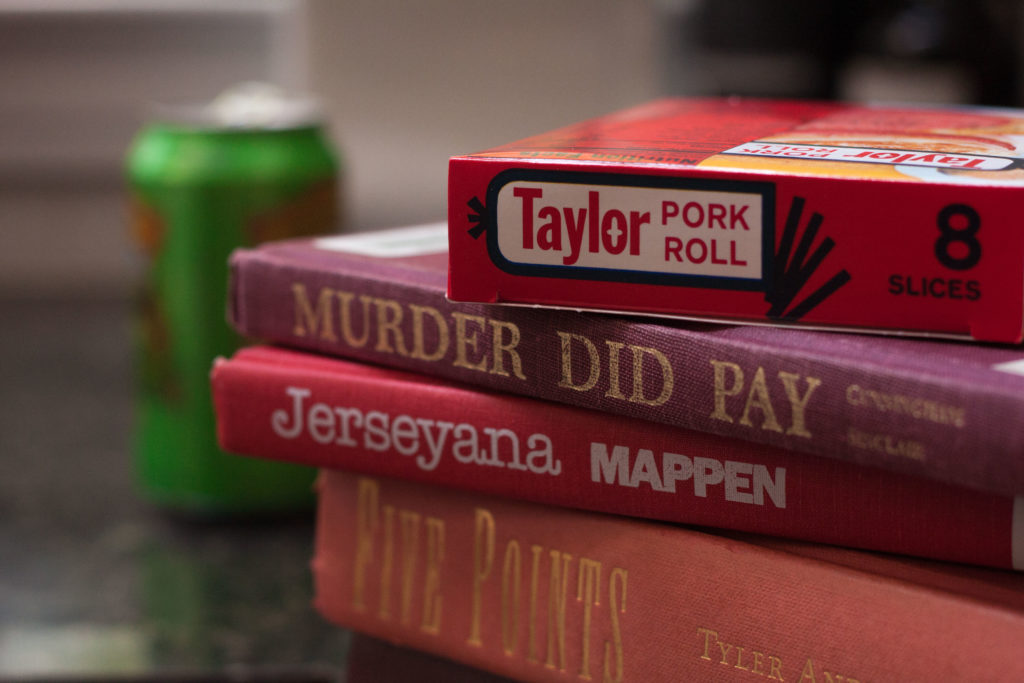Have a drink in: New Jersey
Jug handles and justice.
Ask: what exit?
No one would blame you for reading the news lately and deciding that 2016 was the year that somehow squeaked past quality control at the Time & Space Assembly Plant, having been created from spare parts by drunken intern howler monkeys.
Even though reasoned voices assure us that things in fact aren’t that bad, that doesn’t mean any of us are exactly sleeping better in the short term. But once again our 19th century friends at the New York Ledger arrive to the rescue, with some brass-tacks advice on where exactly America can find an example of solemn, principled order:
New Jersey.

And, you know, if the healthy and robust public opinion of her community isn’t enough to make sure persons of weak morality are “carried off,” New Jersey probably knows a guy.
Fun facts:
History obliterates: 19th century Jersey violence began with the famous 1804 Hamilton-Burr duel in Weehawken.
Why the fangirling over Jersey? The article may reflect the Ledger’s frustration with NYC’s mid-century Five Points culture and its perceived prevalence. Or, since in 1860 Five Points was in a relative lull between gang violence and draft riots and wasn’t nearly the hub of vice many make it out to be, it may have been one of any number of moralist societies who were screaming hell and handbaskets. Or maybe the paper just needed something to gripe about on a slow news day because no one realized the Civil War was due to kick off in about four months.
Also, “wife-poisoning” was apparently a thing. In 1852, German-born tailor John Erpenstein was convicted and hanged in Newark for the murder of his wife, to whom he had served an arsenic-and-butter sandwich in an effort to resolve an uncomfortable love triangle (he claimed to have accidentally dropped his half of the sandwich in water, flubbing an intended murder-suicide).
Ernie & Bert on art, Jersey and patriotism (“New Jersey, Bert?”).
How Capicola Became Gabagool – a lovingly detailed study of how the regional character and modernization of the Italian language resulted in a Jersey dialect of sorts where people talk about “mutzadell.”
To read:
The New York Ledger, August 4, 1860
In 19th century Jersey, people loved reality entertainment too. True-crime pamphlets were incredibly popular, and a handful from the era (including John Erpenstein’s story) are reprinted in Murder Did Pay: 19th Century New Jersey Murders.
Marc Mappen, Jerseyana: The Underside of New Jersey History
Herbert Asbury’s Gangs of New York, written in the 1920’s, was the basis for Martin Scorsese’s movie of the same name. Pair it with Tyler Anbinder’s data-loaded Five Points (Anbinder is interviewed by Gotham Gazette in this piece on the film’s historical accuracy).
My favorite tale of 19th-century tri-state violence: Caleb Carr’s 1994 novel The Alienist (soon to be a TV show).
